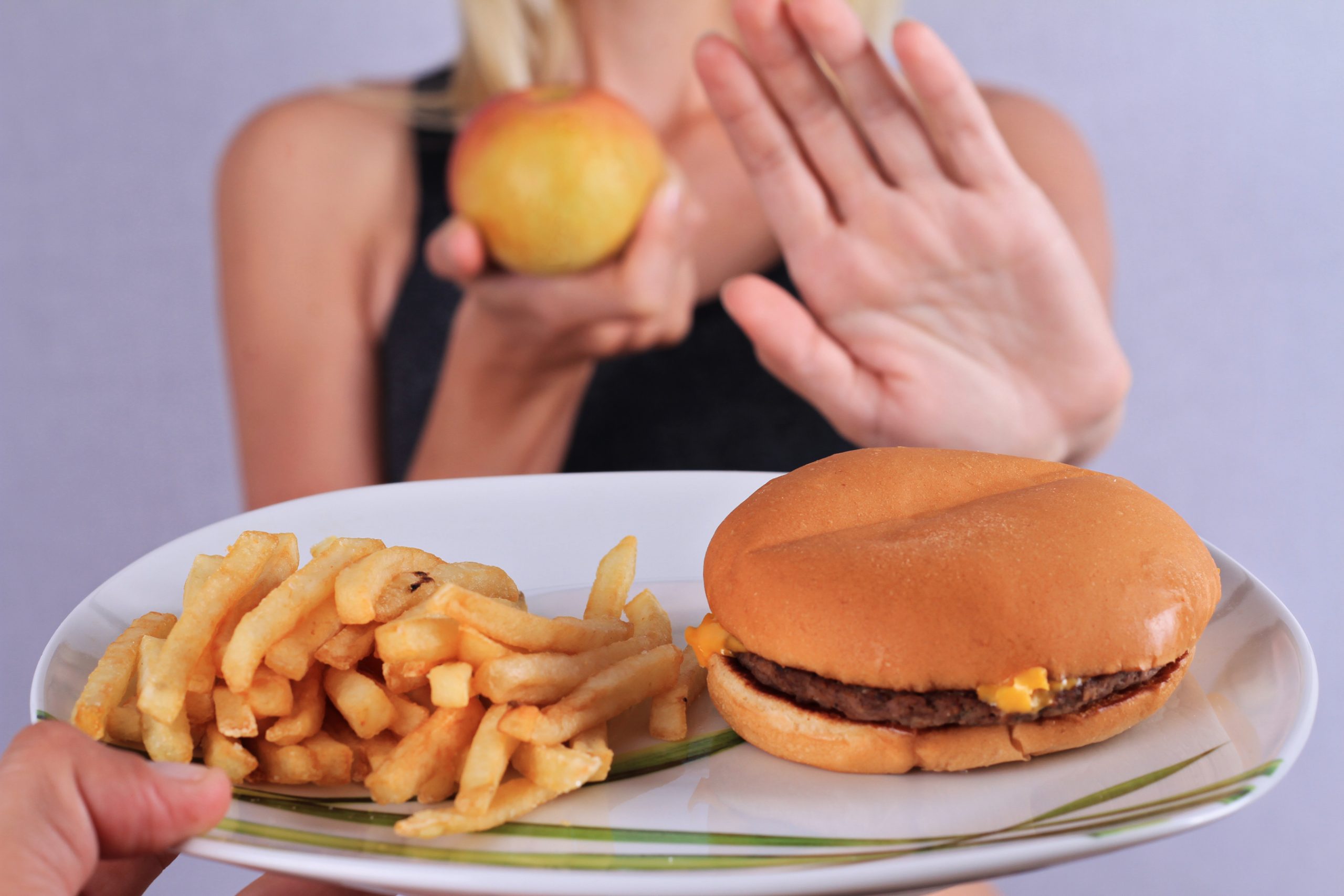Cravings can be a challenging aspect of the weight loss journey. It’s common to experience strong desires for certain foods, especially those high in sugar, fat, or salt. While it’s normal to have cravings, giving in to them too often can hinder your weight loss efforts. Learning how to manage cravings is key to staying on track and reaching your goals. In this article, we’ll explore effective strategies to help you manage cravings during weight loss.
- Understand the Cause of Cravings
Cravings can stem from various factors, including emotional triggers, physiological responses, or habit. By understanding the root cause of your cravings, you can develop strategies to address them more effectively. For example, if you tend to crave sugary foods when stressed, finding alternative stress-relieving activities like exercise or meditation can help manage the emotional triggers behind your cravings.
- Stay Hydrated
Dehydration can sometimes be mistaken for hunger or cravings. Whenever a craving strikes, have a glass of water first and wait for a few minutes. Hydrating your body can help curb cravings and provide a feeling of fullness. Aim to drink plenty of water throughout the day to stay properly hydrated.
- Practice Mindful Eating
Mindful eating involves paying attention to the sensations and cues of your body while eating. When a craving arises, take a moment to assess whether you are genuinely hungry or if it’s a craving triggered by external factors. Before giving in to a craving, ask yourself if you’re eating out of hunger or for emotional reasons. Engage your senses by savoring each bite, eating slowly, and being present in the moment. This mindful approach can help you make conscious choices and reduce impulsive eating.
- Plan and Prepare Healthy Snacks
Having healthy, satisfying snacks readily available can help you manage cravings more effectively. Plan and prepare nutritious snacks in advance, such as cut-up fruits and vegetables, yogurt, or nuts. When a craving hits, reach for these healthier alternatives instead of indulging in high-calorie, low-nutrient options. Having nutritious options on hand makes it easier to make healthier choices and satisfy your cravings in a more balanced way.
- Find Substitutions and Alternatives
Explore healthier substitutions for your favorite indulgent foods. For example, if you’re craving something sweet, opt for a piece of fruit or a small portion of dark chocolate instead of a sugary dessert. If you’re craving something crunchy and salty, reach for air-popped popcorn or roasted chickpeas instead of potato chips. Finding healthier alternatives can help satisfy your cravings while keeping your overall calorie intake in check.
- Practice Portion Control
Allowing yourself to enjoy your favorite foods in moderation can help prevent feelings of deprivation and excessive cravings. Instead of completely cutting out foods you love, practice portion control. Indulge in a small serving of your favorite treat occasionally, savoring each bite mindfully. By practicing portion control, you can satisfy your cravings without derailing your weight loss progress.
- Manage Stress
Stress is a common trigger for cravings, particularly for comfort foods. Find healthy ways to manage stress, such as engaging in regular exercise, practicing relaxation techniques, or engaging in activities you enjoy. By addressing stress effectively, you can reduce emotional eating and prevent cravings triggered by negative emotions.
- Get Enough Sleep
Lack of sleep can disrupt hunger hormones and lead to increased cravings. Aim for seven to eight hours of quality sleep per night. Establish a bedtime routine, create a sleep-friendly environment, and prioritize getting enough rest. A well-rested body and mind are better equipped to manage cravings and make healthier choices.
- Seek Support












